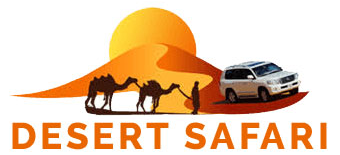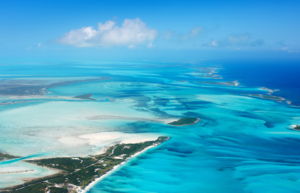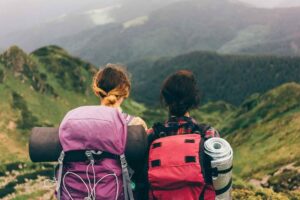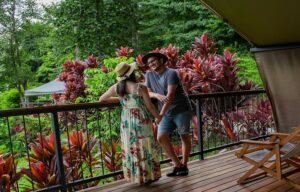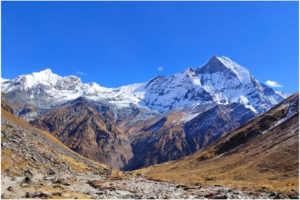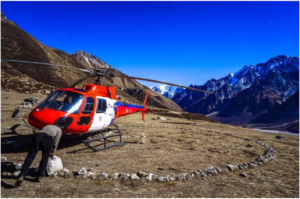Three Passes & Gokyo Trek to Everest Base Camp & with Helicopter Return
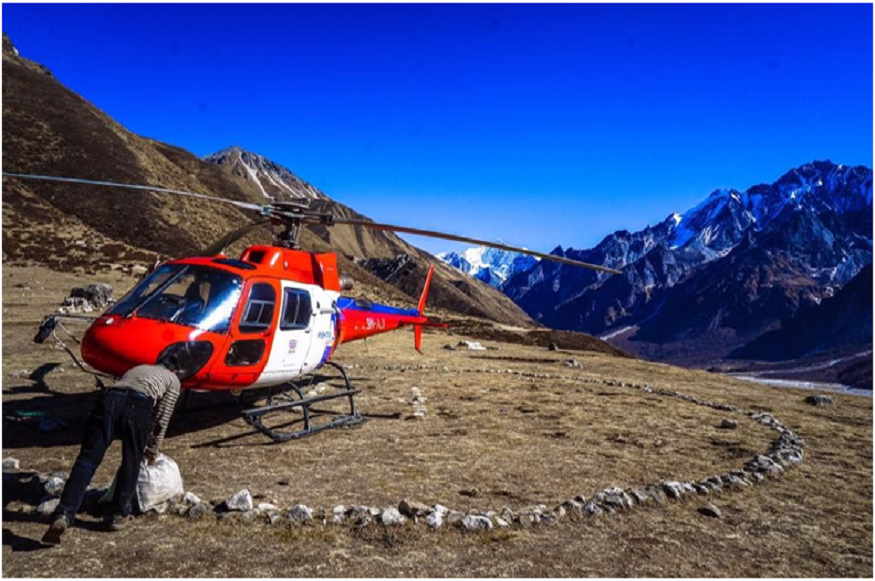
This trek is one of the wildest and most exciting adventures in the whole Nepal Himalaya. It joins Everest Base Camp, Gokyo Valley, and the mighty three high passes, making it a long and challenging journey but giving you memories for a lifetime. Travelers walk through Sherpa villages, deep valleys, and glacier land, seeing Mount Everest from close and also from different angles. In the end, there’s no need to come back the same long way, because helicopters return in style, fly over mountains and save many days. It is a mix of walking hard, seeing beauty, and flying the easy way back.
Everest Base Camp Trek
The Everest Base Camp trek is like a dream for so many people. The path is not just a simple walk; it is a story of mountains and people who live there. You start in Lukla and go up through Namche Bazaar, Tengboche, and Dingboche, and then finally base camp. Along the way you see Ama Dablam, Lhotse, and of course Everest standing tall. You stay in tea houses, eat simple but warm food, and feel the real culture of Sherpa life. Base camp itself is not so beautiful, but the way, the icefall, and the feeling of standing where climbers prepare for the Everest climb make it special.
Everest Base Camp Trek with Helicopter Return
Everest Base Camp Trek with Helicopter Return feels like a dream. You walk for many days, mountains big and snow shining, step by step slow but heart is always fast. trails go through small villages, people smile, prayer flags move with the wind, and the sky is so clear sometimes it makes eyes water. you climb up, tired but happy; every turn gives a new view, river sound, yak bell, and smell of smoke from the lodge. finally reach base camp, with stone and ice all around, you stand there and think the world is so high. After that, there’s no need to walk down a long way; helicopters come, sounding strong, and air pushes your face, then suddenly mountains are under you like a painting. In a few minutes you fly over all the paths you walk many days and back safely. It is a mix of a hard walk and an easy return; memories stay forever, and you feel adventure but also comfort at the end.
Gokyo Valley Trek
The Gokyo Valley trek is like a hidden side of the Everest region. Instead of just following the base camp crowd, you walk to a valley where blue lakes shine like jewels under white snow mountains. The main highlight is Gokyo Ri, a small peak where you see Everest, Lhotse, Makalu, and Cho Oyu all in one big panorama. The lakes, the glaciers, and the quiet villages make it more peaceful compared to base camp trails. People who go to Gokyo often say it is more beautiful than the base camp itself. Walking is tough but worth it, because the view of Ngozumpa glacier and five lakes is something rare.
Everest 3 High Passes Trek
The Everest Three Passes trek is for those who want a challenge and a big adventure. It connects Renjo La, Cho La, and Kongma La passes, all above 5,300 meters, and links Everest Base Camp and Gokyo together. It is a long circuit and needs a strong body and careful acclimatization, but it gives you a chance to see every corner of Khumbu. From Renjo La you see Gokyo lakes, from Cho La you cross glaciers, and from Kongma La you look at Nuptse and Everest. This trek is harder than normal; fewer people do it, but it gives the feeling you walk in a true mountain kingdom, away from busy roads.
Why Choose These Treks
These treks combine everything: close views of Everest, cultural villages, glaciers, lakes, high passes, and helicopter flights. It is not only one trail but many in one, so you don’t miss anything. If you just do base camp, you see only one side, but with Gokyo and passes, you see a 360 panorama. The helicopter return makes it more perfect, because you don’t waste time.
Routes and Highlights and Top Attractive Scene
The route begins from Lukla, then moves to Phakding, then to Namche Bazaar, which is like the capital of Sherpa land. From there the path can split; one side goes to Gokyo, and the other side goes Tengboche and Dingboche. If you do three passes, you make a big circuit connecting all. Highlights are many: Sagarmatha National Park with pine forest, Namche market, Tengboche monastery with mountain backdrop, Gokyo lakes shining blue, Kalapathar sunrise view, Everest Base Camp icefall, Renjo La wide panorama, Cho La glacier crossing, and Kongma La tough climb. The most attractive scene is when you stand on Gokyo Ri or Kalapathar and see the world ‘s highest peaks in one sweep. It is something you never forget.
Best Time
The best time for these treks is autumn (September to November) and spring (March to May). Autumn gives clear sky, stable weather, and mountain views sharp like crystal. Spring gives flower blooms, rhododendrons in hills, and also warm temperatures. Winter is too full of snow, and many lodges close. Summer monsoon brings clouds and rain, which is not good for viewing and also increases the landslide risk. Helicopter returns can fly in both seasons but it is better to go when the sky is clear, because flight depends on weather conditions.
Altitude and Acclimatization
These treks go very high, up to 5,600 meters at Kalapathar, and pass all around 5,300 meters. So altitude sickness is a real risk. Acclimatization days are a must. Normally people stop in Namche for two nights, then in Dingboche or Gokyo for two nights, before climbing higher. Drink enough water, walk slowly, and never hurry. If any strong symptoms like headache, nausea, or inability to sleep occur, it is better to descend. The route design of three passes already helps because it makes circuits, but still needs to be careful. Helicopter rescue is possible but very costly. Acclimatization also means climbing high and sleeping low, like hiking to a viewpoint and then coming down.
Permits Required
To do this trek you need a Sagarmatha National Park permit and a Khumbu Pasang Lhamu local permit. Both can be found in Lukla or Monjo. If you go with an agency, they will arrange it for you. If you trek solo, you buy it yourself at the counter. No need for a TIMS card anymore in the Everest region, but a local permit is compulsory. Always keep permits in bags because the checkpoint will ask. For helicopters, no extra permit is required, but some companies require you to show your trekking permit before flight.
Hiring Guides and Porters
The guide makes the journey safer and easier. They know trails, culture, and mountains and also help in emergencies. Porter carries your heavy bag, so you only carry small daypacks. It is better to enjoy trekking, because high altitude with heavy loads is not easy. Many people think they can go alone, but in the three passes trek, some sections are confusing, so guides help. Also, hiring guides and porters give jobs to the local community. The cost is not high compared to your safety and comfort. With the helicopter return, the guide also arranges everything and helps you board the flight.
Conclusion
The Three Passes and Gokyo trek with Everest Base Camp and helicopter return is a full adventure package. It is tough but it gives maximum reward. You see everything that Khumbu can offer: base camp, high passes, lakes, glaciers, monasteries, and Sherpa villages, and then finish in style flying above the mountain. It is a trek for strong people but also for dreamers, because it shows the world from near the top. If you want one trek that covers all, this is the one. It is a long memory you will always carry, a story you can tell again and again.
FAQs
Q: How many days are needed for this trek?
Normally 18 to 21 days, but with helicopter return, it can save 3 to 4 days.
